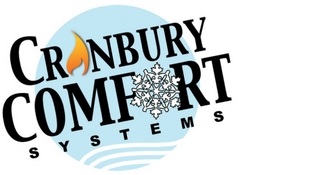Refrigerants make air conditioning and refrigeration possible, which contributes enormously to our quality of life. In this equipment, refrigerants are the working fluid that absorb and transfer heat from one part of the air conditioning system to another.
this equipment, refrigerants are the working fluid that absorb and transfer heat from one part of the air conditioning system to another.
Refrigerant is the liquid within an HVAC system that cools the air by heat transfer. Refrigerant is pumped through a series of tubes that cools and heats, thus maintaining the cool temperature we all have grown to love.
The United States has taken major steps to phasing out refrigerants that deplete the Ozone Layer. Specifically chlorofluorocarbons (CFCs) and hydrochlorofluorocarbons (HCFCs), these two have been standard in the HVAC industry as refrigerants for many decades. CFC has successfully phased out of regular usage. Today’s refrigerant of choice is R-22 or HCFC-22. New regulations in 2010 meant HVAC manufacturers cannot make units that run on R-22, and by 2020, there can be no more production of R-22.
What this means for the consumer
What is important to note is the production aspect. The R-22 will still be in regular use in previously installed equipment. What may make a difference is in the details of service, repair and replacement of your HVAC unit or system.
Servicing Systems with R22
There are units built before 2010 that use R-22. Supply of R-22 is the issue. As a basic law of economics, scarcity drives prices, and this pricing can be passed onto you, the consumer, if your system will require servicing in the future.
The best thing to do is minimize the chance of needing refrigerant in your system. Regular, routine maintenance by qualified service technicians who can maintain a unit’s efficiency and refrigerant charge levels is key. Finding a qualified technician is as simple as visiting HVACRadvice.com and looking for NATE, North American Technician Excellence.
Anyone working on an air conditioning system that uses R-22 refrigerant is required to have EPA Section 608 certification. They are additionally required to have proof with them at all times while on a service call. Verify this before you allow anyone to touch your system.
It is illegal to release refrigerant into the atmosphere on purpose. There is specially designed equipment, certified by the EPA, for recovery purposes. All leaks should be located and repaired; not simply “top off” a leaking system. This provides protection for the ozone and your wallet by keeping the system running at peak efficiency.
Today’s newer and more modern units still use refrigerant, but it is a different sort. R-410 is the current standard and cannot be used in systems not designed for it. The pressures with the R-410 are different than the R-22, so the two are not compatible.
Buying a New Air Conditioner
Those looking into a new unit should take the same factors into their decision as any: price, reliability, warranty, efficiency and refrigerant type. Modern systems are drastically more efficient than even systems from a decade ago, and the cost savings can be substantial. The SEER, seasonal energy efficiency rating, is the measurement for an air conditioning system’s efficiency. A higher SEER means a more efficient system. Other factors include Ozone-friendly refrigerants like R-410, and these systems are available in a range of efficiency levels.
For more information about the R-22 phase out or if you have any questions for us, please contact Cranbury Comfort Systems today.




